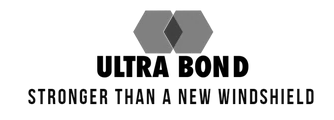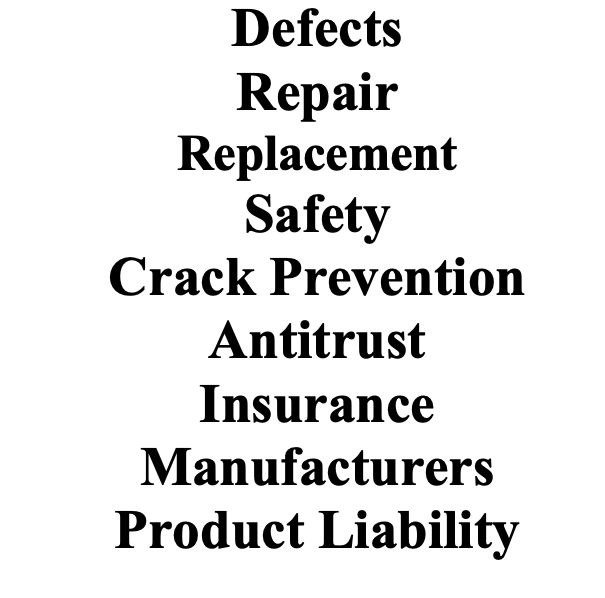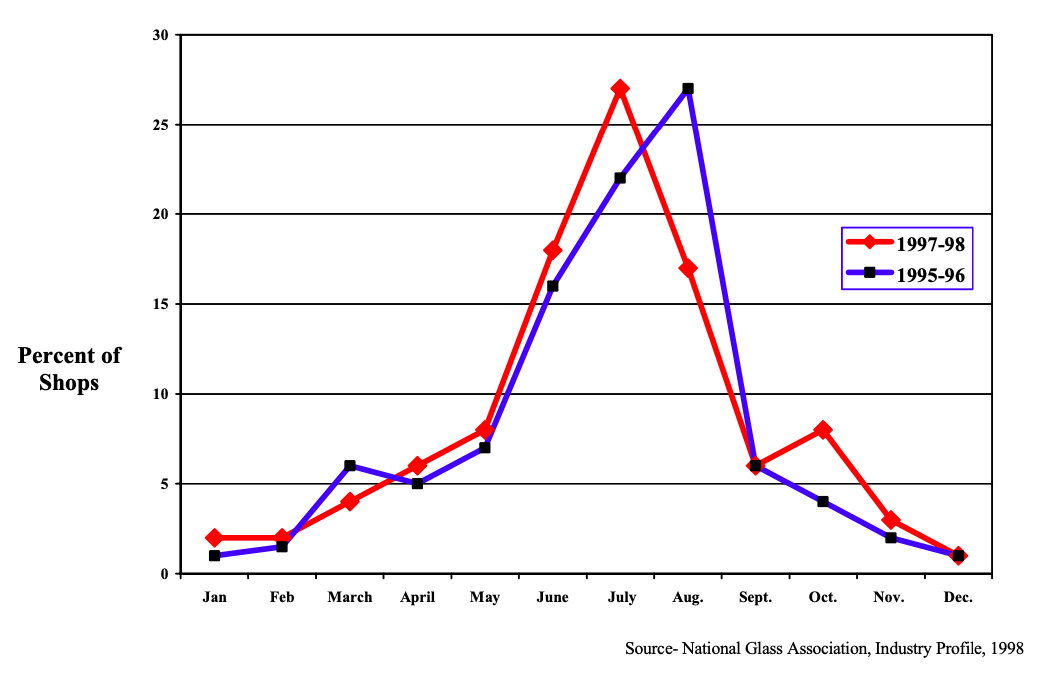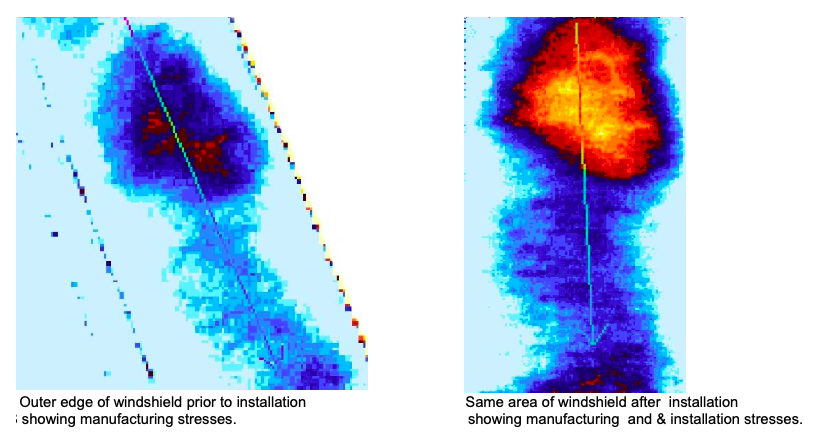For over five decades Windshield Replacement has been the number one auto insurance claim in the United States. Windshield Replacements have also caused injuries and deaths. With technology available that would prevent this problem, one would have to wonder why this position has not changed. A little research will show anti-competitive politics within the glass replacement and insurance industry have blocked competitive processes that could eliminate the problem, which stems from one intentional defect and two inherent but curable defects.
Safety:
Today windshields have evolved into critical safety devices performing multiple functions in an accident to prevent injuries and death. Windshields not only prevent ejection of the occupants but are also the backboard for the airbag, controlling twenty percent of the “crash pulse” which tells the airbag when to go off. Once the original windshield is replaced the “crash pulse” may be altered. Many replaced windshields cannot withstand the force of the passenger side air bag, which puts five times more stress on the windshield in an accident. Paramedics and Highway Patrol are seeing an increasing rate of blown out windshields at accident scenes.
Windshields are also 40-70% of the roof support, which helps prevent roof crush in an accident (rollovers are responsible for 30-40% of automobile deaths). For example, a pick-up trucks’ roof is 70% windshield. Normally the airbag will go off before the vehicle rolls over, however, if the windshield is gone, the roof will cave in seriously injuring or killing the occupants. ABC’s 20/20 and FOX News investigations reported 80% of windshield replacements were done incorrectly. The original factory installation and windshield cannot be duplicated in the after market. Getting into an accident with a replaced windshield today is like playing Russian roulette.






